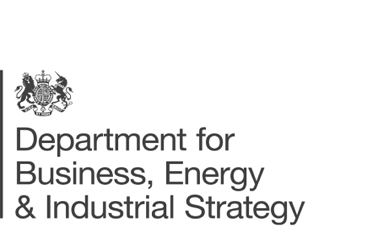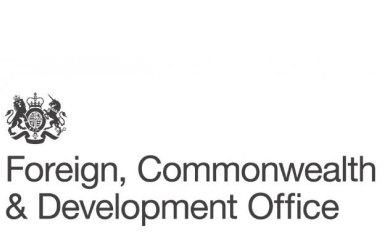The general objective of the document is to define and prioritize the ISO standards that should be adopted for the development of standards and/or guidelines associated with the implementation of BIM.
This document aims to achieve the purposes listed below, in order to establish a common basis at the regional level:
Encourage collaborative processes with international standardization entities.
Promote collaboration between normalization/standardization entities in the Latin American field.
Promote the adoption of international standards in local and Latin American frameworks.
Articulate the development of Latin American standards that support the strategies, policies and requirements of the local market.
https://redbimgoblatam.com/2023/08/15/guia-de-priorizacion-de-estandares-iso-relacionados-con-bim/
This online resource is aimed at Architects and Architectural Technologists as well as clients, industry professionals and educators in this sector. The RIAI BIM Pack 2 comprises the following suite of documents: BIM Update with ISO 19650 Series BIM Guide for SMEs Appendix 1 – File Naming Standards Appendix 2 – Model Responsibility Template Appendix 3 – Master Information Delivery Plan Template
https://www.riai.ie/whats-on/news/riai-bim-pack-2-update-iso-19650-series-and-bim-guide-for-smes
This inventory was developed as a tool for identifying relevant standards and, in particular, their relevance to Build Digital. Each document found in this research was recorded, reviewed, and graded based on the scoring system created for this report and tool. This tool is intended to be flexible should new standards be published, or a change is required to an existing standard. There are in excess of 120 entries on the inventory.
https://www.builddigitalproject.ie/bim-standards-and-supports-inventory
Repository of BIM standards and guidelines
The BIM Fundamentals document is part of the reference documentary framework for the “Plan for the incorporation of the BIM methodology in public procurement of the General State Administration (AGE)” that the Interministerial Commission is producing.
https://cvp.mitma.gob.es/fundamentos-bim-para-la-contratacion-publica-2
In order to define the future strategic direction of standardization in the field of BIM, DIN has published the BIM standardization roadmap together with partners from business, science, the public sector and society. The task of the roadmap is to show prerequisites for the development of a broad application of BIM for practice.
https://www.din.de/de/forschung-und-innovation/themen/bim/normungsroadmap-bim
Suite of national standards to be used in conjuntion with conjunction with international standards such as ISO 19650 and ISO 16739
FSRE has issued new Information Exchange Requirements (EIR) that address all information and related processes at design time. In recent years, there has been rapid development in the handling of digital building information in civil engineering. For more than a decade, FSRE has been using the BIM methodology in the design of larger buildings that the organization oversees. Now the organization has published new BIM requirements or Information Communication Requirements (EIR) with reference to ISO 19650 which now address all information and processes related to it during design.
https://www.fsre.is/media/media/SF-164-Krofur-til-upplysingamidlunar-EIR-.docx
Building Information Modeling (BIM) for federal buildings is a cooperative working methodology with which, based on digital models of a building, the information and data relevant to its life cycle are consistently recorded, managed and exchanged between those involved in transparent communication or handed over for further processing become. This information and data is documented digitally throughout and according to a uniform structure. Further information can be found in the BMVg information flyer (see downloads). To implement the BIM method for federal buildings, the goals and implementation strategy were described in a master plan. This is, among other things, the basis for a BIM manual in which the work aids (AH) required for operational safety are gradually developed and published for all relevant subject areas. The master plan and completed AH are available for download in the download area.
https://www.fib-bund.de/Inhalt/Themen/BIM_fuer_Bundesbauten/
We understand that successful digitization of the construction industry requires designers, architects, engineers, project managers and construction supervisors who know how to work with these technologies. Their preparation is currently a major challenge for the education system. To this end, the NRA has established a BIM expert group that brings together skilled technology enthusiasts and oversees the effective use of BIM in construction projects and, in the future, in building management. The company employs many young specialists who know how to use modern technologies, are not afraid to experiment and test new ideas in practice, and are ready to share their experience with others. Our experts participate in and organize in-demand seminars on practical aspects of using BIM. In organizing them, the NRA tends to cooperate with the Ministry of Economics and SIA “Latvian State Standard”. Thus, the NRA shares good practices and promotes faster inclusion of BIM requirements in construction procurement throughout the Latvian public sector. At the end of 2020, the NRA signed a memorandum of cooperation with Riga Technical University. It will be a useful exchange of knowledge and experience for both parties, which will help to create new innovations.
https://www.vni.lv/kompetence/ilgtspejiga-buvnieciba#BIM-vadl%C4%Abnijas


